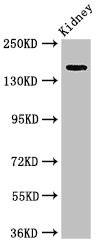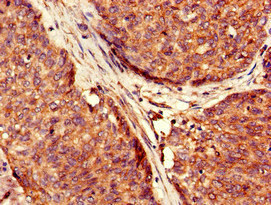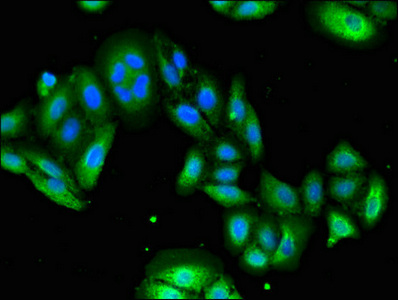The USP6 antibody CSB-PA025747LA01HU was synthesized in the rabbit immunized by using the recombinant human USP6 protein (1122-1359aa) as the immunogen. This rabbit anti-human USP6 polyclonal antibody was quality verified in the ELISA, WB, IHC, and IF applications. The non-conjugated IgG got purified by protein G and reached up to 95% in purity. It reacts with the USP6 proteins from human and rat samples.
The target protein USP6, also known as TRE17, acts as a deubiquitinating enzyme that removes ubiquitin molecules from target proteins. USP6 has been implicated in various cellular processes, including cell proliferation, differentiation, and signaling. It is also involved in the development and progression of some types of bone tumors.







